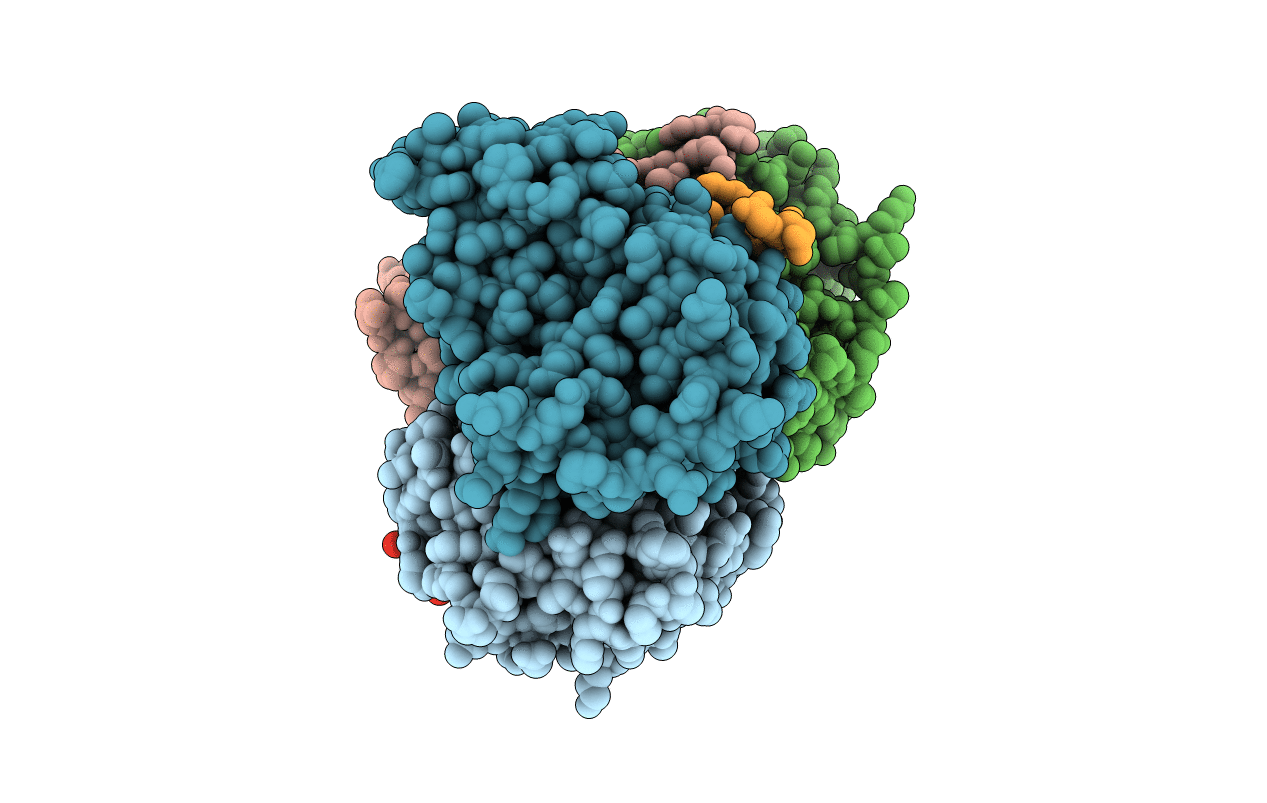
Deposition Date
2004-10-28
Release Date
2004-12-28
Last Version Date
2024-02-14
Entry Detail
PDB ID:
1XVP
Keywords:
Title:
crystal structure of CAR/RXR heterodimer bound with SRC1 peptide, fatty acid and CITCO
Biological Source:
Source Organism:
Homo sapiens (Taxon ID: 9606)
Host Organism:
Method Details:
Experimental Method:
Resolution:
2.60 Å
R-Value Free:
0.23
R-Value Work:
0.18
R-Value Observed:
0.18
Space Group:
P 32 2 1


